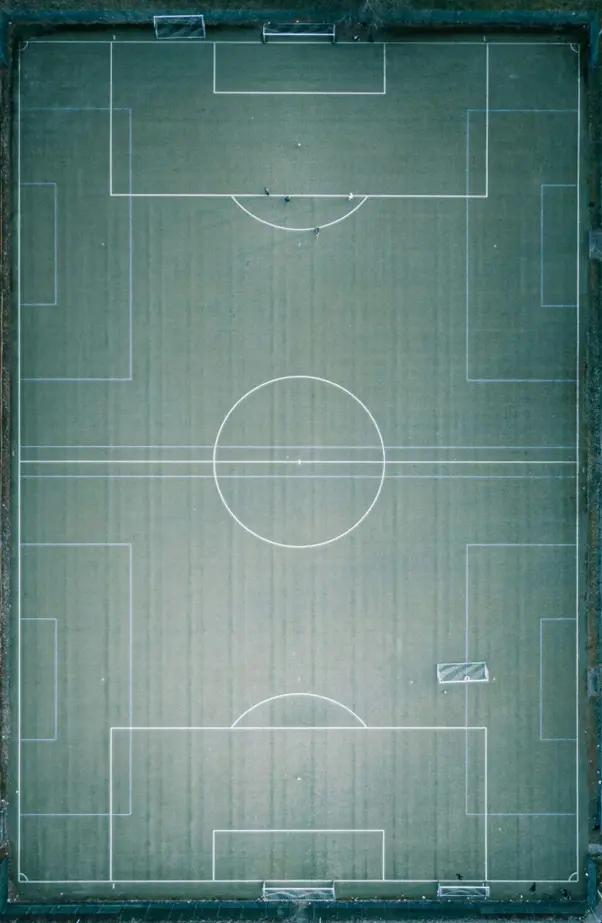Football isn’t just a game of goals — it’s a chess match played in real time. Over the decades, tactics have evolved from rigid formations to fluid systems defined by pressing, possession, and adaptability. From the artistry of Total Football in the 1970s to the high-octane intensity of modern gegenpressing, the game has undergone a tactical revolution.

Total Football: The Dutch Blueprint
Originating in the Netherlands during the early 1970s, Total Football revolutionized the concept of player roles. Under Rinus Michels and later showcased by Johan Cruyff, this system allowed any outfield player to take over the role of another. For those analyzing team behavior — including within football betting contexts — it demonstrated how fluidity, positional awareness, and supreme technical skill could override rigid formations.
The Dutch national team, particularly during the 1974 World Cup, demonstrated how effective constant rotation and possession-based domination could dismantle more physically dominant sides. This era established the foundation for modern positional play.
Italian Catenaccio and Tactical Rigidity
On the other hand, Italy’s catenaccio provided a strong alternative identity of tactics. It concentrated on deep defending blocks, man-to-man marking, and a libero behind the defense which had results as its main priority. While less captivating, catenaccio was highly effective; most famously when Inter Milan controlled Europe in the 1960s under Helenio Herrera. Catenaccio taught teams the idea that control doesn’t have to stem from possession of the ball — it can come from compactness and discipline. Its legacy is still present today in teams that are good through shape and structure, in contrast to those who rely on pressing or expansive play.

Tiki-Taka and Modern Possession Play
The early 2000s saw the rise of tiki-taka, a possession-dominant style made famous by Pep Guardiola’s Barcelona and Spain’s golden generation. Rooted in quick, short passing and constant off-the-ball movement, tiki-taka suffocated opponents by denying them the ball for long periods.
Teams like Spain (2008–2012) won three major tournaments using this approach, emphasizing rhythm over raw pace. Social discussions — including on platforms like Melbet fb
— often point to this era as a tactical peak in terms of midfield control and technical supremacy.
Gegenpressing: Chaos by Design
German football coach, Jürgen Klopp popularized the counter-pressing tactic or “Gegenpressing” which is winning back possession as quickly as possible. Instead of falling back to reorganize, teams try to recover the ball by pressing the opponent immediately after a turnover has happened which results in the opponent being their most chaotic. This style of philosophy allows a team to counterattack within seconds.
Borussia Dortmund, Klopp’s team from the early 2010s, was a living example of this tactic with players like Marco Reus, Ilkay Gündogan, and Robert Lewandowski sharp, overwhelming pressing that outmatched even some of the most composed teams. He developed it at Liverpool where players like Jordan Henderson, Sadio Mané, and Mohamed Salah became part of the intense press high on the field turning recoveries into opportunities.
This strategy also put trust into the players’ ability to use their fitness, self-discipline, agility, coordination, multitasking, and mental sharpness to make opportunistic decisions on the fly. Concentrated tight spaces as well as numbers games at the heart of the field built a strong advantage which made me rethink the way other teams have adapted to Klopp’s influence. Teams like RB Leipzig, Bayer Leverkusen, and even Guardiola’s Manchester City adapted their own versions of Klopp’s high pressing.
The zeal for gegenpressing has skyrocketed due to advanced analytics. Coaches can now track efficiency with real time metrics such as PPDA (passes per defensive action) and counter-press regains. Even national teams like Germany and Japan employ adapted versions of counter-pressing in their tournament formats.
Gegenpressing, while risky — it is susceptible to a failed press that can leave the back line vulnerable, has now become the norm in fast paced football where possession recovery is the driving focus.
The Tactical Hybrid Era
Today’s football is not bound to a single philosophy or system. Most top-tier managers incorporate aspects from multiple schools of thought into their strategies. Consider how Pep Guardiola’s Manchester City incorporates elements such as positional play, pressing relays, and dynamic movement of full-backs.
Or take a look at Roberto De Zerbi and Thomas Tuchel. These coaches use more situationally responsive shapes that change based on what is happening in the game. In our present-day world of football, the dominance of a fixed system has been replaced by sophisticated flexibility and tactical adaptability. Tactical development in football is still a work in progress. Each change embodies a shift in player conditioning, use of data, and strategic advancement. From having complete control of the ball to deliberately chaotic pressing, it is clear the pitch has become a ‘warzone’ of philosophies—and there are always new moves to anticipate.